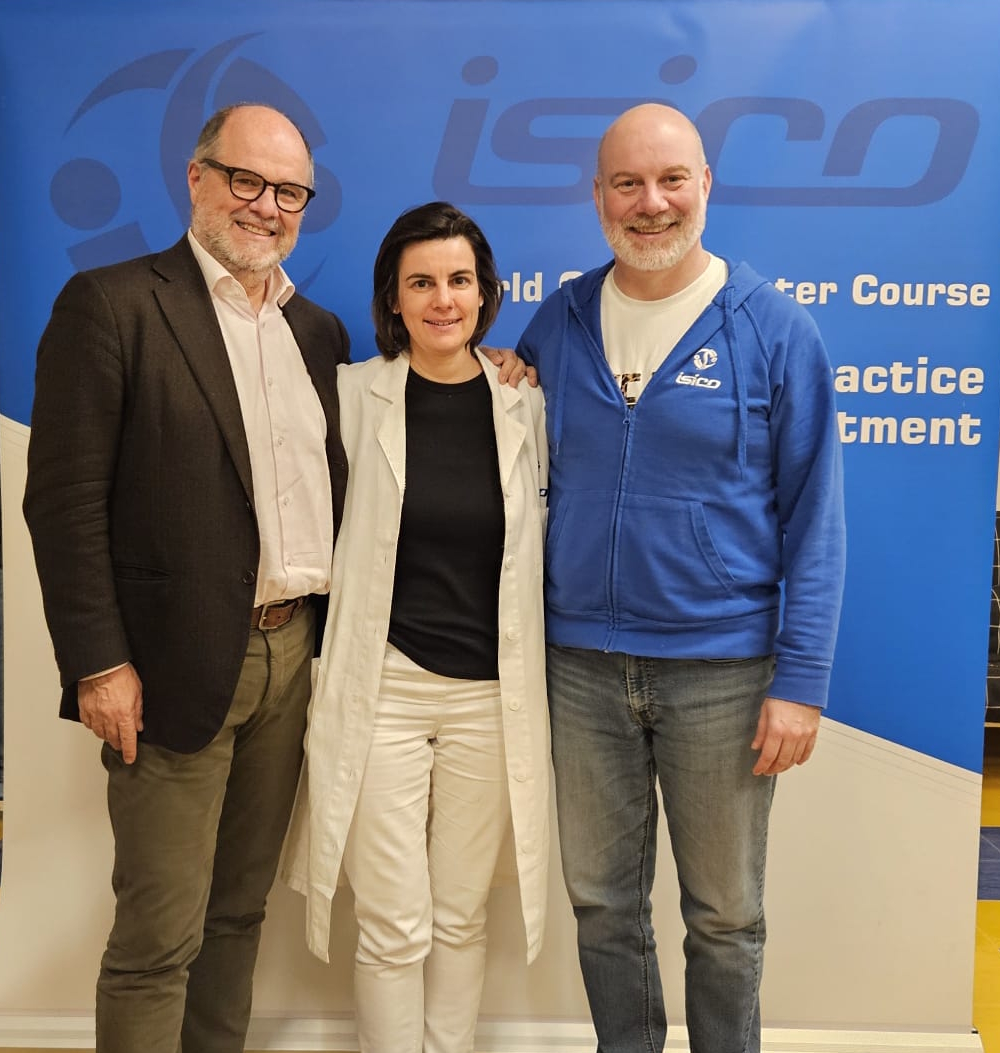The interview

Magdalena Lepsikova, Czech Republic
What is your profession?
I am a physiotherapist specialised in locomotor system disorders, focusing on idiopathic scoliosis in children. I am working at the Motol University Hospital and teaching at the 2nd Faculty of Medicine, Charles University in Prague.
How is the rehabilitation treatment of spine diseases managed in your country?
In my country, as physiotherapists, we use a combination of manual medicine (soft tissue and fascial techniques, mobilisation, visceral manipulation). After treating dysfunction of the joints or soft tissue, we give the patient exercises to do at home. These exercises are based on self-mobilisation and stretching (if it's necessary), then stabilisation of body segments with good muscle coordination. Self-correction in ADL is also an important part of the training. Each therapist uses different techniques to achieve these goals, according to the tools and techniques they have at their disposal.
Scoliosis: how is it treated?
We have a very good team of rehabilitation doctors, physiotherapists, and orthopaedic technicians in our hospital. As physiotherapists, we use a combination of the DNS (Dynamic Neuromuscular Stabilisation) concept, the Schroth method, Vojta reflex locomotion and other techniques. Of course, we also add bracing treatment when necessary. We also have an experienced team of surgeons; the waiting time for surgery is usually around 6 months.
What aspects of actual clinical practice would you like to see improved in your country?
I think we should all follow the guidelines for scoliosis management, as they are based on a large number of studies. We should put more emphasis on appropriate brace treatment.
During my study stay at ISICO, I've seen how important good communication with patients is to explain the scoliosis treatment strategy. For example, the consequences of wearing a brace for the right amount of time. I also like the chip used at ISICO to monitor the real time in the brace. This is very motivating for the patient and also very good feedback for the therapist.
What I can´t find in the Czech Republic is a greater variety of braces; e.g. we don't offer soft braces (like SpineCor) or PASB-type braces.
How did you find out about ISICO and the Online Scoliosis Master Course?
Before my visit to ISICO, I completed the Scoliosis Online Master Course and also the SEAS 1st level course. Having learned a lot during these courses, I was able to better follow and understand the management of scoliosis patients while shadowing the doctors and physiotherapists at ISICO.
In ISICO, I saw examinations of scoliosis patients by the doctors and by the physiotherapists. The Scoliosis Manager program very well organises all the data, including x-rays and photographic documentation. This is very helpful for following up with patients over a long period.
It has been very enriching; not only have I learned new skills for treating scoliosis patients, but also how to validate the data from patient examinations. Each 60-minute patient visit is, therefore, time-efficient.During the physiotherapy sessions, I admired the creativity of the physiotherapists in creating new exercises for each new patient visit.
I would like to thank the entire ISICO team for giving me the opportunity to learn from very experienced specialists. They shared their knowledge and skills with me. I hope that I will be able to pass on my new knowledge to patients and my colleagues.

